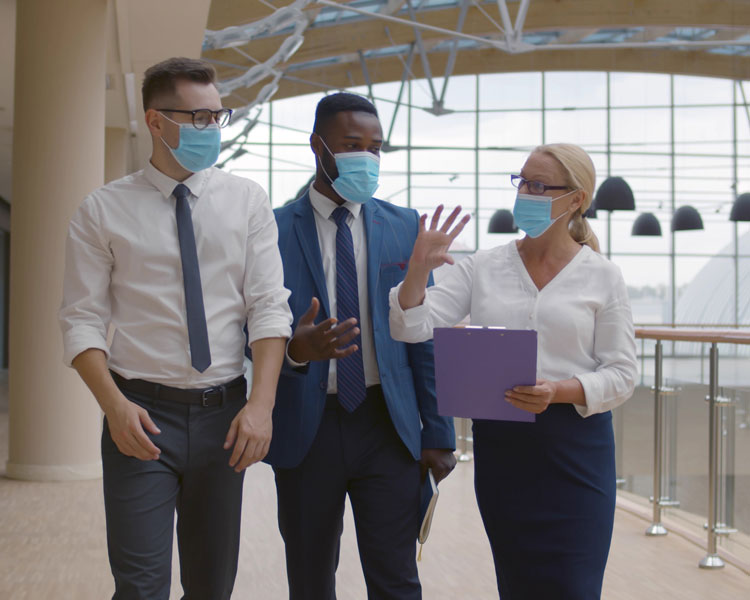Interdisciplinary Collaboration Improves Patient Care
Coordination of patient care is easier when the providers are committed to working and growing as a team.
It is easy to make the assumption that because patients are being seen within the same practice, that coordinating their care is easy. Even in a general Ear, Nose and Throat practice, there are already a number of specialties to focus on, without even carving out the ancillaries and sub-specialties. Additionally, there are physicians, nurse practitioners and physician assistants all running individual provider schedules, which need to be coordinated with the audiology, allergy, sleep departments, just to name a few.

A lot of medicine is practiced in silos, not necessarily on purpose, but sometimes simply because we are human and tend to more easily communicate with peers we know, sometimes it is the physical layout of the clinic or a hospital CRM system that makes collaboration hard; there are a lot of reasons why coordination of care can be challenging. What we continue to be reminded of, is that when we, as providers, focus on our team building efforts, and put emphasis around taking extra steps to overcome sometimes even physical or technological barriers, we can substantially enhance the overall impact on the delivery of care within our walls.
The Importance of Aligning Providers
Finding new ways to improve teamwork and daily communication is crucial in an interdisciplinary environment where multiple constituencies — physicians, nurses, advanced practice providers, audiologists, speech language pathologists and even our business officers all have input that can affect the way in which a patient is managed within the practice. When team members come together with distinctive perspectives, it’s not always easy to agree on one way forward for the management of the patient journey and overall patient care throughout our practice locations.

It’s not unusual to hear a patient tell a story about their medical history around a chief complaint or diagnosis and have them say “Everyone tells me something different”.
Imagine yourself as a patient, working your way through a multi-specialty practice with several providers. It isn’t difficult to imagine that different providers could deliver recommendations that may not be in alignment with the other conversations that have gone on along the way. Unfortunately, it is something that too many of us can relate to as we are championing our own healthcare journey, or that of a spouse or loved one, for instance. It takes a lot in today’s unconnected medical world to keep all the dots connected.
The message is at the most basic level is when any healthcare team member acts independently, it can cause confusion, and ultimately, it will erode a patient’s trust. Focusing on communication between the providers and within the healthcare teams will always better serve the patient’s needs.
The School of Leadership, Communication & Collaboration
The skills that make a difference in our practice are very learnable and easily practiced. Essentially, it is the soft skills that allow us to deliver excellence in our patient care, and our providers have to practice mastering them. We focus on improving our communication and collaboration skills, as it takes these to deliver a seamless and aligned patient journey.

One way to help our providers jump right into more successful collaboration is creating good habits around the start of each clinic day. A quick morning huddle of the audiology providers and their support team allows them to review their schedule and the other provider’s schedules to see if there are opportunities for better time or case management. Based on what they learn, the audiologists have a few minutes to talk with other providers prior to the clinic day getting started and have the opportunity to troubleshoot anything they see as a potential conflict prior to it becoming an issue in the middle of a busy caseload. Because of the complexity of medical conditions that can present in an ENT practice and the multitude of therapeutic & rehabilitative interventions, this simple morning process often allows our teams to address complex issues prior to patients having to be inconvenienced.
It’s the leadership within the provider teams that really has to set the stage for a collaborative and respected environment. These conversations also foster a sense of trust and openness that help us identify areas for improvement. “We don’t need to shy away from any differences of opinion or approaches,” Patricia Ramos, Au.D., Director of Audiology Services and Rehabilitation at ENTAAF. “This type of focus on communication continues to strengthen our MD-AuD teams, and helps us find new ways to streamline diagnostics, treatment and rehabilitative care for patients that see a few of our providers over their lifetime”.








